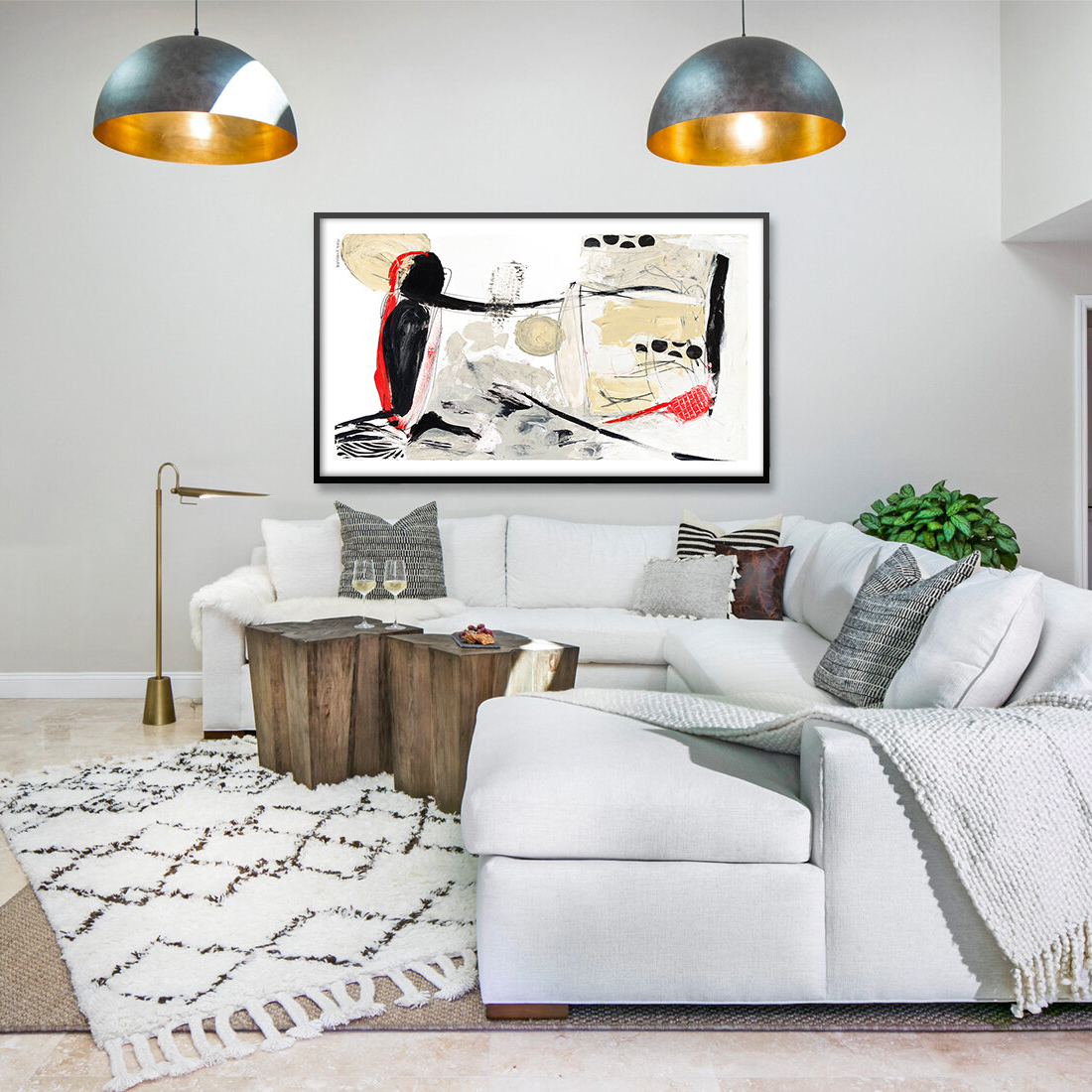When we think of bamboo, we may associate it with a simple, natural material used for building structures or making furniture. However, in Southeast Asian countries such as Indonesia, Malaysia, and the Philippines, bamboo is also used as a medium for intricate pattern weaving. This pattern woven bamboo is not only a beautiful art form, but also a testimony to the rich cultural heritage and livelihoods of the people who produce it.
The Process of Pattern Woven Bamboo
The process of creating pattern woven bamboo begins with selecting bamboo that is straight and pliable. The bamboo is then cleaned, soaked in water or boiled to make it more flexible, and cut into thin strips. These strips are then dried and sorted according to their color and thickness.
The weaver then follows a predetermined pattern, which can range from simple geometric shapes to complex symbols and designs. The weaving technique involves interlacing the bamboo strips horizontally and vertically, creating a unique texture and pattern. The weaving may be done by hand or by using a simple wooden loom.
The Importance of Pattern Woven Bamboo to Southeast Asian Culture
Pattern woven bamboo is an important part of the cultural heritage of Southeast Asia, particularly in rural communities. For many weavers, this art form represents not only a source of income, but also a way to preserve their cultural traditions and identity.
In Indonesia, for example, pattern woven bamboo is widely used for traditional ceremonies such as weddings, funerals, and religious festivals. The intricate designs and patterns on the bamboo are believed to bring good luck and protect the wearer from harm.
In Malaysia, pattern woven bamboo is often used to create handicrafts such as baskets, bags, and hats, which are sold in local markets or used for personal use. These items are not only practical and durable, but also showcase the creativity and skill of the weaver.
The Challenges Facing Pattern Woven Bamboo Artisans
Despite the beauty and cultural significance of pattern woven bamboo, the craft is facing several challenges. One of the main challenges is the decline in demand for traditional handicrafts, particularly among younger generations who may prefer modern goods.
Additionally, the rise of mass-produced goods has made it difficult for pattern woven bamboo artisans to compete in the market, particularly as these goods are often priced lower despite their lower quality.
Furthermore, the lack of financial and technological support for artisans can make it difficult for them to sustain and grow their businesses. Many artisans struggle with access to basic resources such as raw materials, tools, and marketing assistance.
Pattern woven bamboo is a testament to the creativity, skill, and cultural heritage of Southeast Asian communities. While it faces many challenges in the modern world, it remains a beautiful and valuable art form that deserves recognition and support. By supporting traditional handicrafts such as pattern woven bamboo, we can help to preserve the unique cultural heritage of these communities and improve the livelihoods of the artisans who keep this art form alive.
